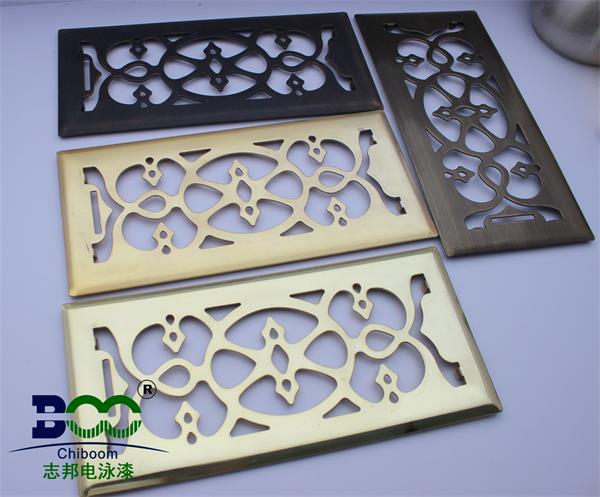Composition Analysis of Electrocoat
Electrocoat, as a star material in modern industrial painting, occupies an important position in industries such as automotive, home appliances, and hardware due to its excellent anti-corrosion, wear-resistant, and decorative properties. Its unique electrocoating process ensures even and dense coating, which is highly favored by enterprises. But what are the components of electrocoat that endow it with such outstanding performance?
Firstly, resin acts as the skeleton of electrocoat, forming the basic structure of the film. Common resin types include epoxy resin, acrylic resin, and polyurethane resin. They not only determine key properties of the film such as hardness, toughness, and corrosion resistance but also provide good film-forming properties and chemical stability, ensuring long-lasting protection of the substrate.

Solvent plays the role of blood in electrocoat. It dilutes the resin, regulates viscosity, and ensures that the resin and other components can be evenly dispersed. Solvents such as alcohols, ketones, and esters not only affect the painting effect but also relate to environmental performance, making them an indispensable part of electrocoat.
Pigments and fillers add color and texture to electrocoat. Pigments like titanium dioxide, carbon black, and iron red provide a rich color selection, while fillers such as talcum powder and barium sulfate improve the mechanical properties and weather resistance of the film. These pigments and fillers are finely ground and dispersed, evenly distributed in the film, endowing the coating with both aesthetic and practical characteristics.
Additives are the seasoning of electrocoat. Although used in small quantities, their effects are significant. Additives such as emulsifiers, dispersants, leveling agents, and defoamers improve the painting performance, film appearance, and stability of electrocoat through synergistic effects, ensuring a smooth painting process and perfect coating results.
Finally, electrolytes act as regulators in electrocoat, mainly used to adjust the conductivity of the electrocoating bath. Electrolytes such as acids, bases, and salts have an important impact on the effect and stability of electrocoating, and are an indispensable part of the electrocoating process.
In summary, the composition of electrocoat is complex and diverse, with each component playing an indispensable role. Their organic combination endows electrocoat with excellent painting performance and a wide range of application prospects. With the continuous advancement of technology, the composition and performance of electrocoat will also continue to optimize, providing efficient and environmentally friendly painting solutions for more industries.





 WeChat
WeChat